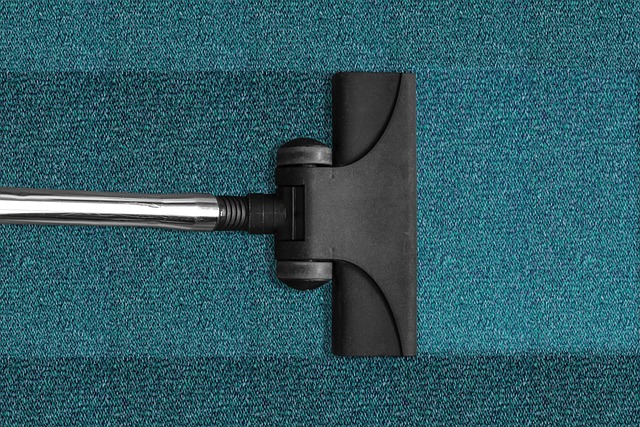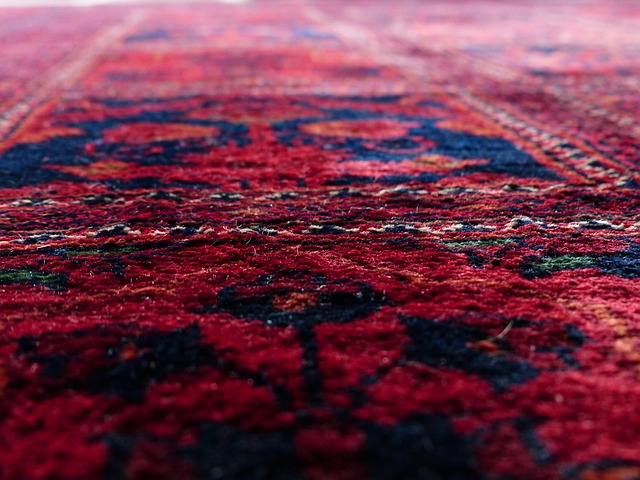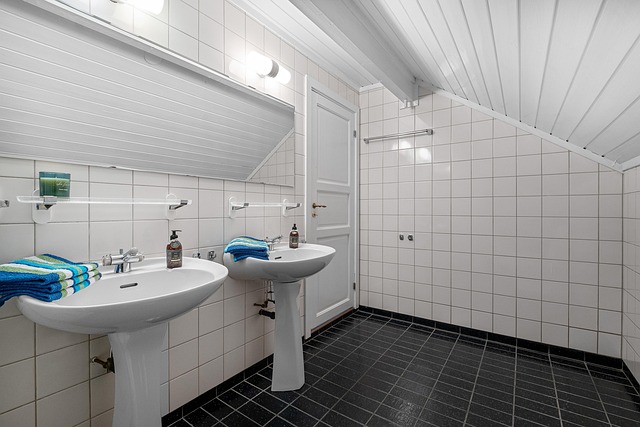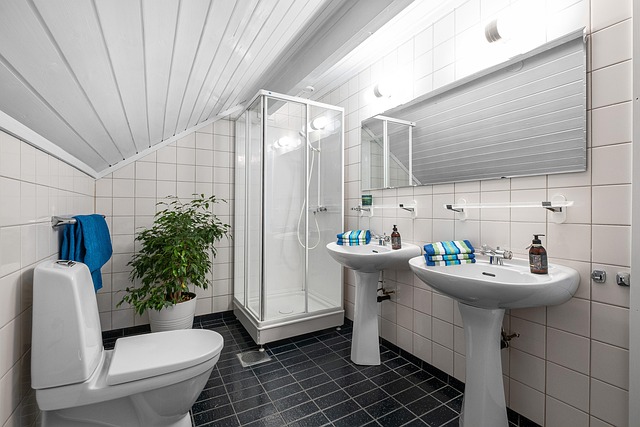Regular carpet shampooing in high-traffic areas like hallways, stairs, and living rooms is crucial for maintaining clean fibers, prolonging carpet lifespan, and fostering a healthier environment. The right tools (manual or machine shampooers) and carpet-specific shampoos are key to effective cleaning. A meticulous process involving vacuuming, applying shampoo, agitating, rinsing, and drying ensures optimal results. Proactive measures like doormats, shoe removal, and stain-resistant coatings further protect carpets.
In every home, certain areas experience heavier foot traffic, leading to carpets gathering dirt, stains, and odours faster. Effective carpet shampooing is essential for maintaining these high-traffic zones. This guide delves into understanding heavy traffic areas, the benefits of regular cleaning, and choosing the right tools like manual vs. machine shampoos. We also offer a step-by-step process, tips for maintenance, and advice on selecting the perfect shampoo to ensure your carpets stay clean and healthy.
Understanding Heavy Traffic Areas in Your Home

Heavy traffic areas in your home are often the most high-wear zones for carpets, with constant footfall leading to increased soil, dirt, and grime buildup. These areas typically include hallways, stairs, entryways, and living rooms where families spend a significant amount of time. Regular carpet shampooing is crucial to maintaining these spaces, ensuring that fibers stay clean and resilient.
Identifying heavy traffic areas allows for targeted cleaning routines. High-traffic zones require more frequent deep cleaning than low-use sections. By understanding the patterns of your household’s movement, you can optimize your carpet shampooing efforts, prolonging the life of your carpets and contributing to a healthier living environment.
The Importance of Regular Carpet Shampooing

Regular carpet shampooing is a vital part of maintaining a clean and healthy indoor environment, especially in high-traffic areas. Over time, carpets can accumulate various types of dirt, dust, allergens, and even bacteria, which not only affect the aesthetics but also pose potential health risks. Carpet shampooing helps to deep clean and sanitize these surfaces, removing embedded debris and odors that vacuuming alone might miss.
In heavy traffic zones, such as entryways, hallways, or high-use offices, regular carpet shampooing is even more critical. These areas are prone to rapid wear and tear, with constant footfall leading to the buildup of stains, grime, and bacteria. By keeping these spaces thoroughly cleaned, you not only extend the lifespan of your carpets but also create a more hygienic and comfortable living or working environment for everyone.
Types of Carpet Shampooers: Manual vs. Machine

When it comes to carpet shampooing for heavy traffic areas, the tools you choose can significantly impact the cleaning effectiveness and efficiency. There are two primary types of carpet shampooers: manual and machine. Manual carpet shampooers, often referred to as hand-held or portable units, are ideal for smaller, more targeted areas. These devices typically use a combination of brush rollers and a soapy solution to loosen and lift dirt and debris from the carpet fibers. They offer precision cleaning in hard-to-reach spots and are suitable for quick touch-ups.
On the other hand, machine carpet shampooers, also known as full-size or industrial cleaners, are designed for large-scale carpet cleaning in high-traffic zones. These machines use powerful motors and advanced suction technology to thoroughly clean deep into the carpet padding. They can handle heavier soiling and are often equipped with various features like adjustable settings for solution application and drying options. Machine shampooers streamline the cleaning process, making them essential for maintaining heavy traffic areas in homes, offices, and commercial spaces.
Choosing the Right Shampoo for Your Carpet

When it comes to carpet shampooing in heavy traffic areas, selecting the right shampoo is key. Not all carpet shampoos are created equal; their effectiveness varies based on ingredients and purpose. Look for products designed specifically for high-wear zones as these will have deeper cleaning capabilities and faster drying times to minimize disruption.
Consider natural, enzymatic shampoos that break down dirt and stains without harsh chemicals, preserving your carpet’s fiber health. Always read labels and follow instructions carefully to ensure optimal results. Using the right shampoo not only enhances carpet aesthetics but also prolongs its lifespan by preventing damage from harsh cleaning agents.
Step-by-Step Guide to Effective Carpet Shampooing

Carpet shampooing for heavy traffic areas requires a strategic, step-by-step approach to ensure deep cleaning and maintenance. Begin by vacuuming the carpet thoroughly to remove loose dirt and debris. This initial step is crucial as it prepares the carpet fibres for the shampooing process, ensuring better absorption of the cleaning solution.
Next, select an appropriate carpet shampoo based on your carpet’s material and fibre type. Different shampoos cater to various needs—some are ideal for synthetic fibres, while others work best for natural wool or silk. Apply the shampoo evenly across the carpet using a sprayer or by hand, making sure to saturate the fibres completely. Allow the shampoo to dwell for a few minutes, giving it time to loosen and break down dirt particles. Then, use a specialised carpet cleaning machine or a stiff brush to agitate the shampoo, helping to dislodge deep-seated grime. Rinse the carpet thoroughly with clean water until all soap residue is removed. Dry the area completely using fans or dehumidifiers to prevent moisture buildup, which can lead to musty odours and potential damage. Regular carpet shampooing in high-traffic zones will not only extend the life of your carpets but also contribute to a healthier indoor environment.
Tips for Maintaining a Clean and Healthy Carpet in High-Traffic Zones

Maintaining a clean and healthy carpet in high-traffic zones requires a proactive approach. Regular carpet shampooing is essential to remove deep-seated dirt, dust, and allergens that accumulate over time. It’s recommended to perform shallow vacuuming daily to loosen debris before applying a suitable carpet shampoo. Opt for environmentally friendly products to ensure minimal residual chemicals.
In addition to routine shampooing, using doormats at entrances can significantly reduce track-in dirt. Encouraging residents or employees to remove shoes momentarily before entering can also help preserve the carpet’s integrity. Periodically treating carpets with stain-resistant coatings can provide extra protection, making future cleaning efforts more effective.
